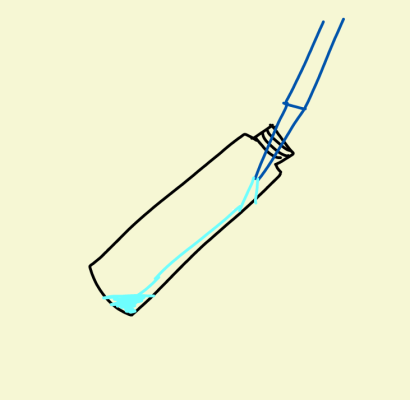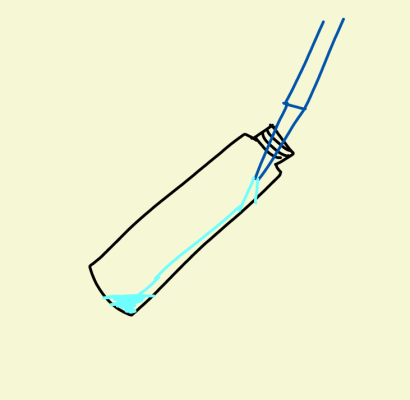- Joined
- Sep 21, 2018
- Messages
- 7,571
- Reaction score
- 7,962
Really nice work. Just wondering, a la Rick, what precision do we need for reefing?Here's an update on the slow part of this.
Rick and I have been sending data back and forth and sometimes the variability is really low:

(units are hanna checker units, ignore.)
And sometimes, the variability is really high.


(ignore hanna checker units.)
So we dug into the Hach method a bit more, to see if they expect the same variability with their turbidity measure or if they expect better. And they expect +-6% which is a good bit better. Hanna does a similar one and expects +-7%.
So I wanted to look closer at the Hach method and see if there are clues we could copy.
One is that they use much much lower concentration (0-7mg/L K) but our method gives zero turbidity at that low level.
another is that they use a packet of EDTA for chelation of Ca, Mg etc as Randy mentioned
sidenote: They also use a reagent that is formaldehyde + methanol, but I think that is just to remove ammonia interference (known to precipitate with tetraphenylborate) and the methanol seems to be to stabilize the formaldehyde. So I think those mechanics are irrelevant for saltwater.
So let's look at stoichiometry, ad Dan and Randy talked about...
I asked Hach how much sodium tetraphenylborate is in their packets, they say 15 grams in 100 packets so 0.150g = 150mg.
150mg of NaTPB for 25mL sample of max 7mg/L K is a huge stoichiometric excess. I get 0.44 mMoles of TPB, and 0.0044 mMoles of K. So this is 100:1 ratio (I think).
Red Sea default back-titration method is a near 1:1 ratio. What we've been doing with Red Sea reagents to adapt for turbidity is like 4:1 for the Recipe that Rick and I have been using.
We can't go 100:1 like Hach because that would make it cost about what the Hach does, but we can go 10:1 or 20:1 without too much problem.
Unsure if either a scoop of EDTA or doubling or tripling the TPB Reagent B will lower the variability, but those seem possibly significant differences that may explain the higher variability that @Rick Mathew and I have seen sometimes.
So, some tinkering ahead I suppose.
























